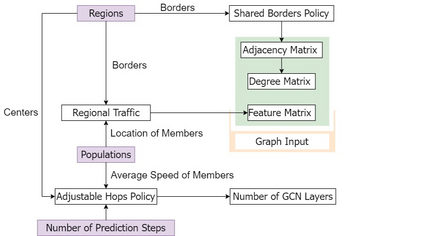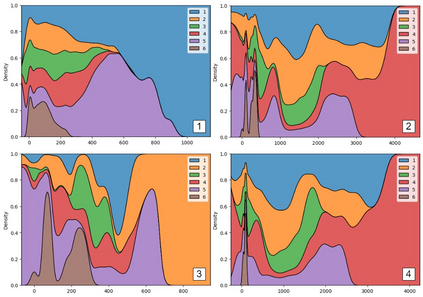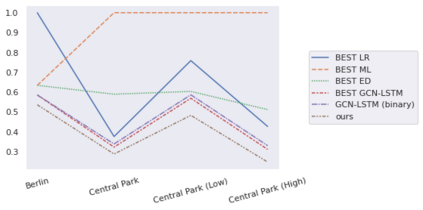Regional traffic forecasting is a critical challenge in urban mobility, with applications to various fields such as the Internet of Everything. In recent years, spatio-temporal graph neural networks have achieved state-of-the-art results in the context of numerous traffic forecasting challenges. This work aims at expanding upon the conventional spatio-temporal graph neural network architectures in a manner that may facilitate the inclusion of information regarding the examined regions, as well as the populations that traverse them, in order to establish a more efficient prediction model. The end-product of this scientific endeavour is a novel spatio-temporal graph neural network architecture that is referred to as WEST (WEighted STacked) GCN-LSTM. Furthermore, the inclusion of the aforementioned information is conducted via the use of two novel dedicated algorithms that are referred to as the Shared Borders Policy and the Adjustable Hops Policy. Through information fusion and distillation, the proposed solution manages to significantly outperform its competitors in the frame of an experimental evaluation that consists of 19 forecasting models, across several datasets. Finally, an additional ablation study determined that each of the components of the proposed solution contributes towards enhancing its overall performance.
翻译:暂无翻译









